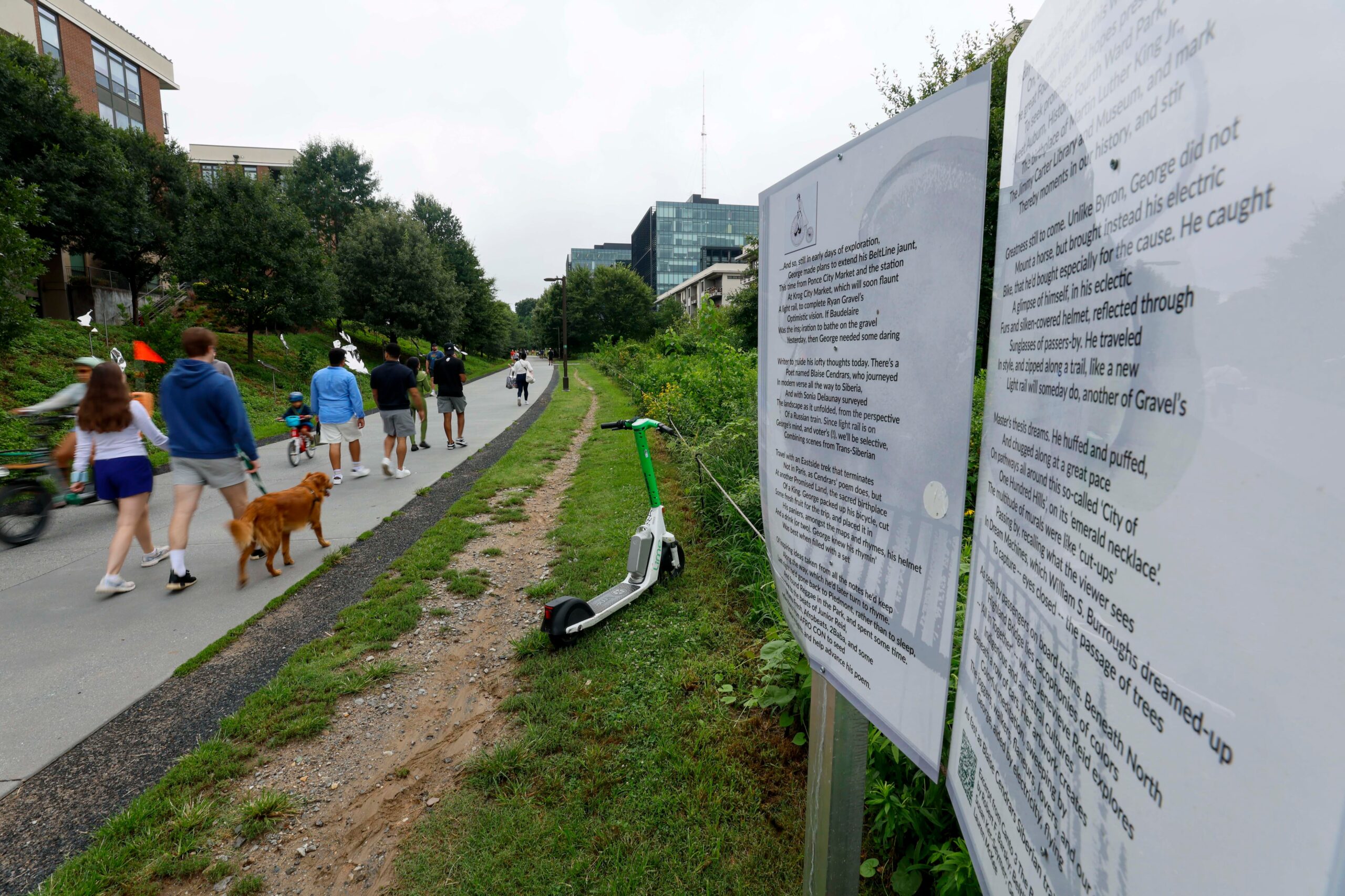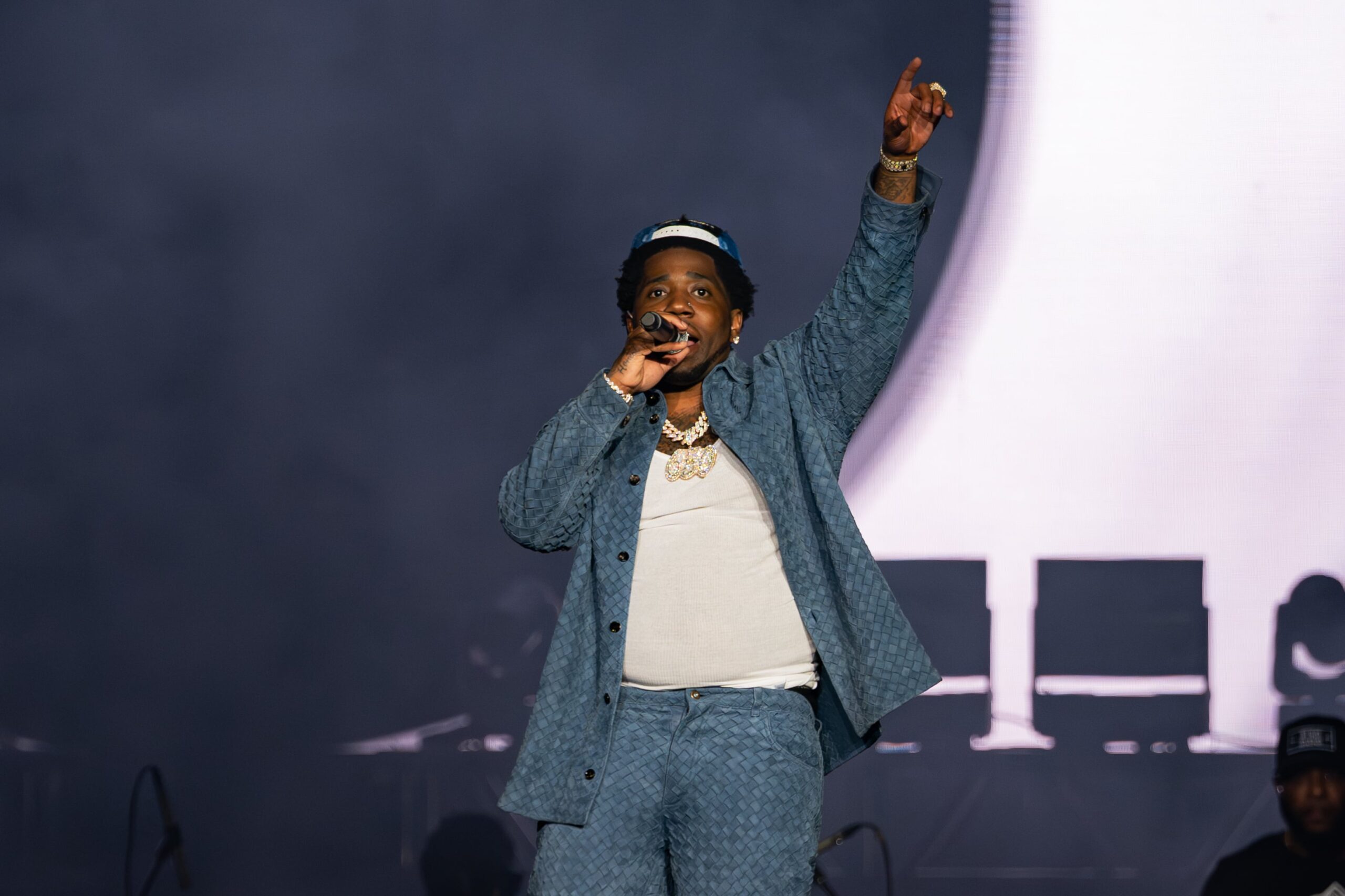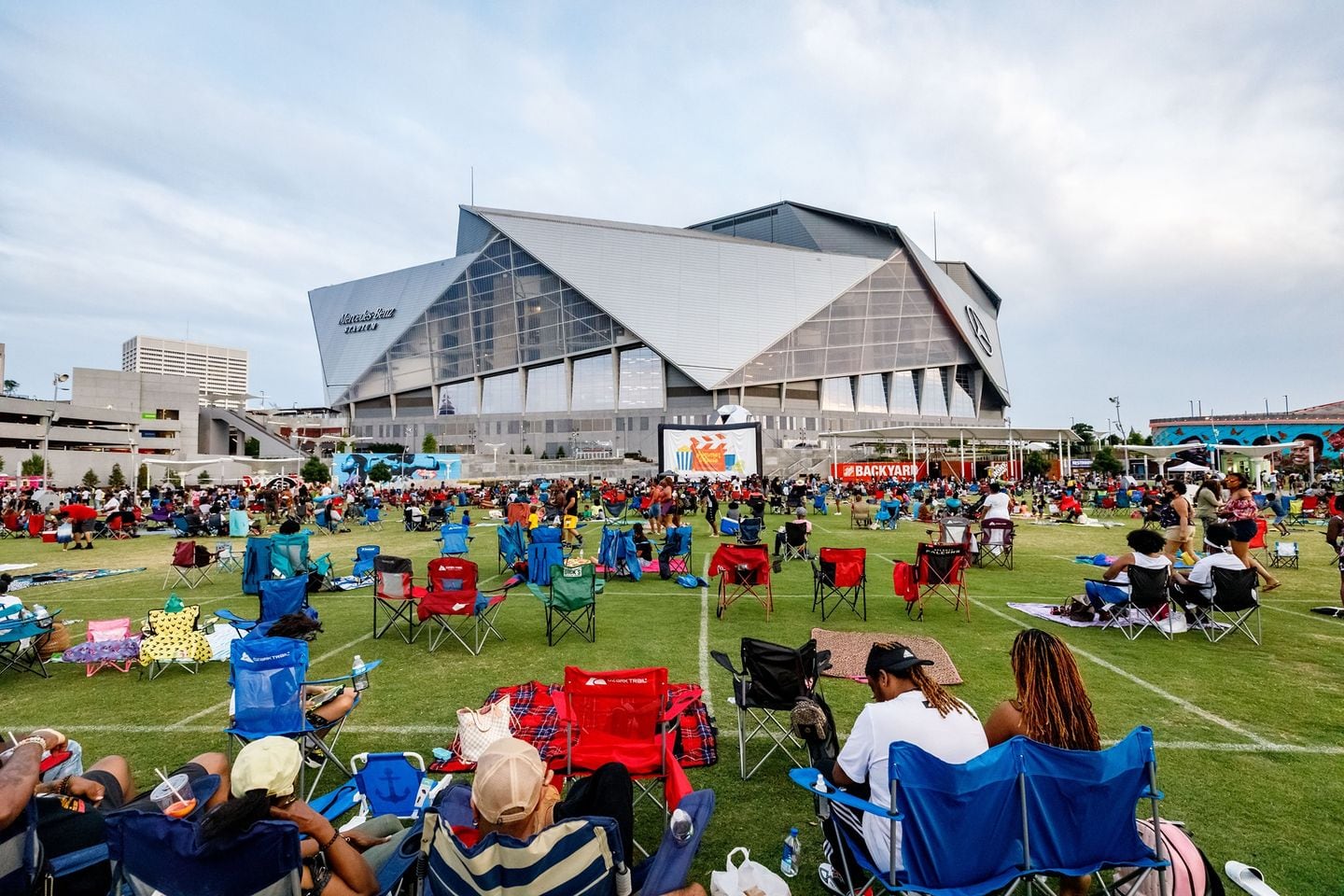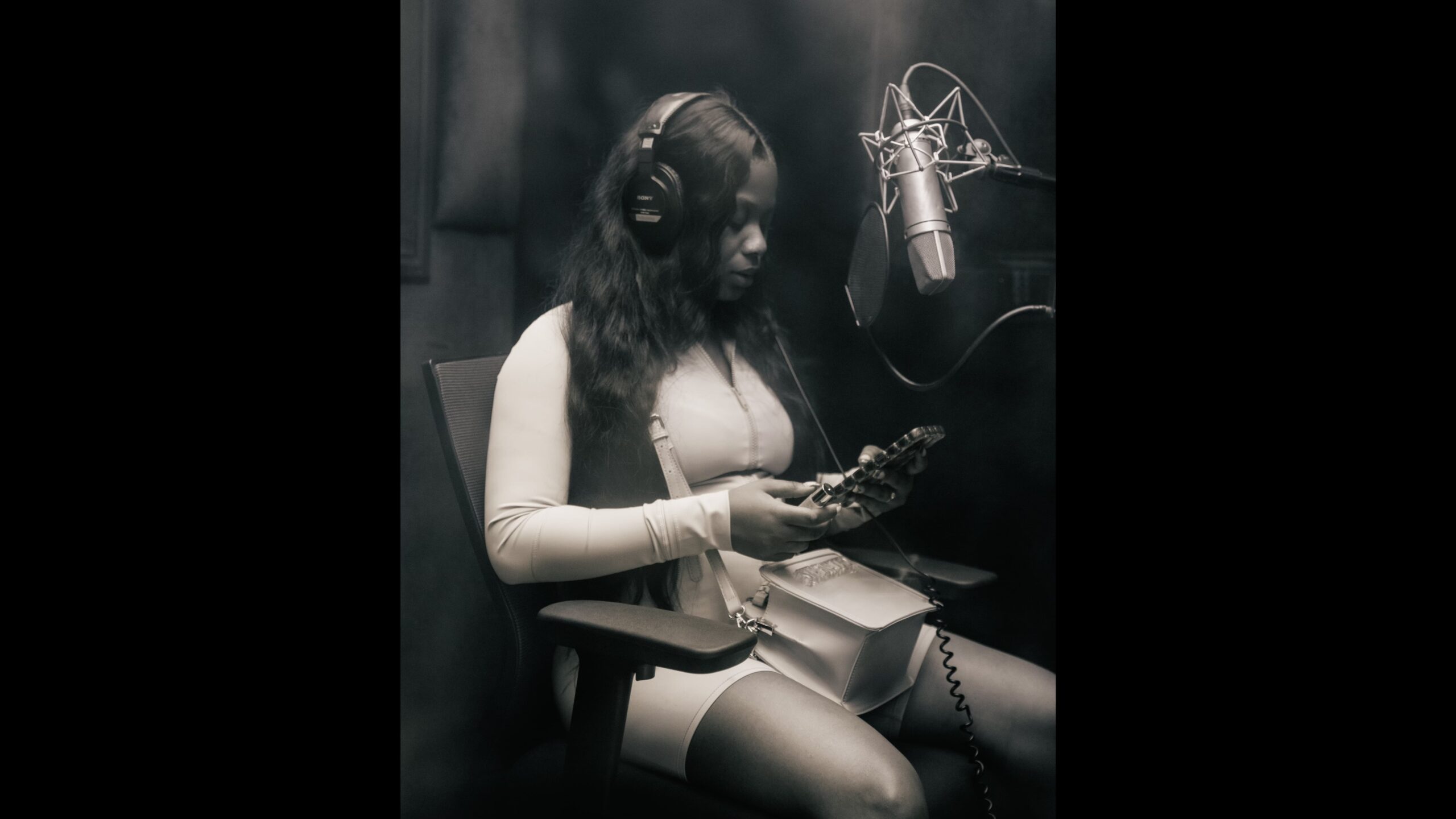The Beltline Chronicles, a collection of poetry and art that is now available for purchase on Amazon for $19.95, will be reintroduced to the public on August 9 during a book launch celebration. Barsky will read and Ker-Seymer will create art at the launch party and signing, which will take place at the Atlanta Beltline Indie Marketplace’s Freedom Market site.
The Atlanta Mayor’s Office, Vanderbilt College of Arts and Sciences, and the Beltline Arts Commission all provided grant monies for the book’s creation.
All proceeds from the book sale will go to one of the many nonprofits in the Atlanta metro area that help the homeless and hungry, such as Crossroads, St. Vincent de Paul, Covenant House, and City of Refuge. Customers can choose which NGO their purchase will support when they purchase their copy at the book launch celebration.
Barsky recognized those displaced by the construction of the Beltline by selecting NGOs that aid the homeless and hungry.
Barsky’s eight cantos of poetry and Ker-Seymer’s abstract ink imaginings fill entire pages of the book. George, the imaginary protagonist and narrator of the poem, provides the viewpoint for each canto.
George hails from Montreal. He is a fl neur, a phrase invented in Paris to describe an inquisitive nomad who explores the city and takes in the urban landscape without a predetermined path. The voyage is the goal for a fl neur like George. George’s objective in The Beltline Chronicles is to traverse Atlanta’s Beltline.
George finds a new part of Atlanta in each of the eight cantos, four of which are already etched on the installations along the Beltline. In one, for instance, George visits the Atlanta Botanical Garden and strolls through Piedmont Park.
On occasion, he learns tales from objects he encounters on the road, such as a broken white bicycle that once belonged to a real girl who was murdered while crossing the street.
As a romantic and thinker, George links his thoughts to works of art, philosophy, and geography that many readers may need to research in order to comprehend, such as Blaise Cendrars, Baudelaire, and Rusticello.
The plan was for (George) to visit every neighborhood that the Beltline connected. Additionally, he reads poetry about quests every morning before leaving. He reads Dante. Barsky remarked, “He reads Chaucer.” He so alludes to these things throughout the poem.
Danielle Charbonneau is credited.
Danielle Charbonneau is credited.
Quests have always fascinated Barsky himself. He lived overseas in Switzerland before relocating to Atlanta years ago. He made the decision to cycle 5,000 kilometers throughout Europe while he was there. He came into the writings of Lord Byron, an English romantic poet, who, in a way, accompanied him on his frequently solitary travels.
He was sweet and funny, so I feel like he saved my life. He was entertaining and friendly. “He travels throughout Europe,” Barsky stated. I made the decision to ride my bike after him. Thus, I believe that this idea of searching through poetry stuck in my head.
The Beltline Chronicles has several cantos that are modeled after and influenced by Lord Byron’s poetry.
Barsky spent eighteen months studying the history and local populations of the Beltline for his cantos thanks to a Guggenheim Fellowship.
He spoke with builders, designers, gardeners, and historians while conducting his research, and he met Ryan Gravel, the urban planning pioneer behind the Beltline. He explored the works of Atlanta civil rights leaders and went to library archives. He documented discussions he overheard along the Beltline and learned about its past as a rail line that linked disparate neighborhoods. He shot thousands of pictures.
Miguel Martinez-Jimenez is credited.
Miguel Martinez-Jimenez is credited.
In addition to Ker-Seymer’s eight cantos of poetry and artwork, the outcome is an online experience created with MIT’s digital museum and archive platform.
Barsky initially showed samples of his cantos at her Eastside Beltline art studio to Ker-Seymer.
Ker-Seymer remarked, “I thought it would be amazing to respond to his poem.” Many of the thoughts emerged during the reading of the poems. In my mind, the concepts of portals, displacement, connectedness, paths, and individuals coming together began to take shape.
Ker-Seymer began abstractly smearing ink over recycled cotton rag paper from India out of instinct.
According to her, the ink’s flow reminds her of travel and the Beltline. The reaction to his work came to me rather naturally. I intended to begin with a dozen drawings. In the end, I completed almost fifty paintings.
In any form, Barsky hopes The Beltline Chronicles inspires creativity and inquiry.
He expressed his hope that it will encourage individuals to be their own poets on the Beltline. to tell their own experiences and experience their own interactions.
If you go
The book launch celebration for The Beltline Chronicles. 4–8 p.m. August 9. 830 Willoughby Way NE, Atlanta, Atlanta Beltline Indie Marketplace Freedom Market location.beltline.org/art/beltline-chronicles-1/.
Revise
The book launch party was rescheduled after it was published. The new information is in this story.






